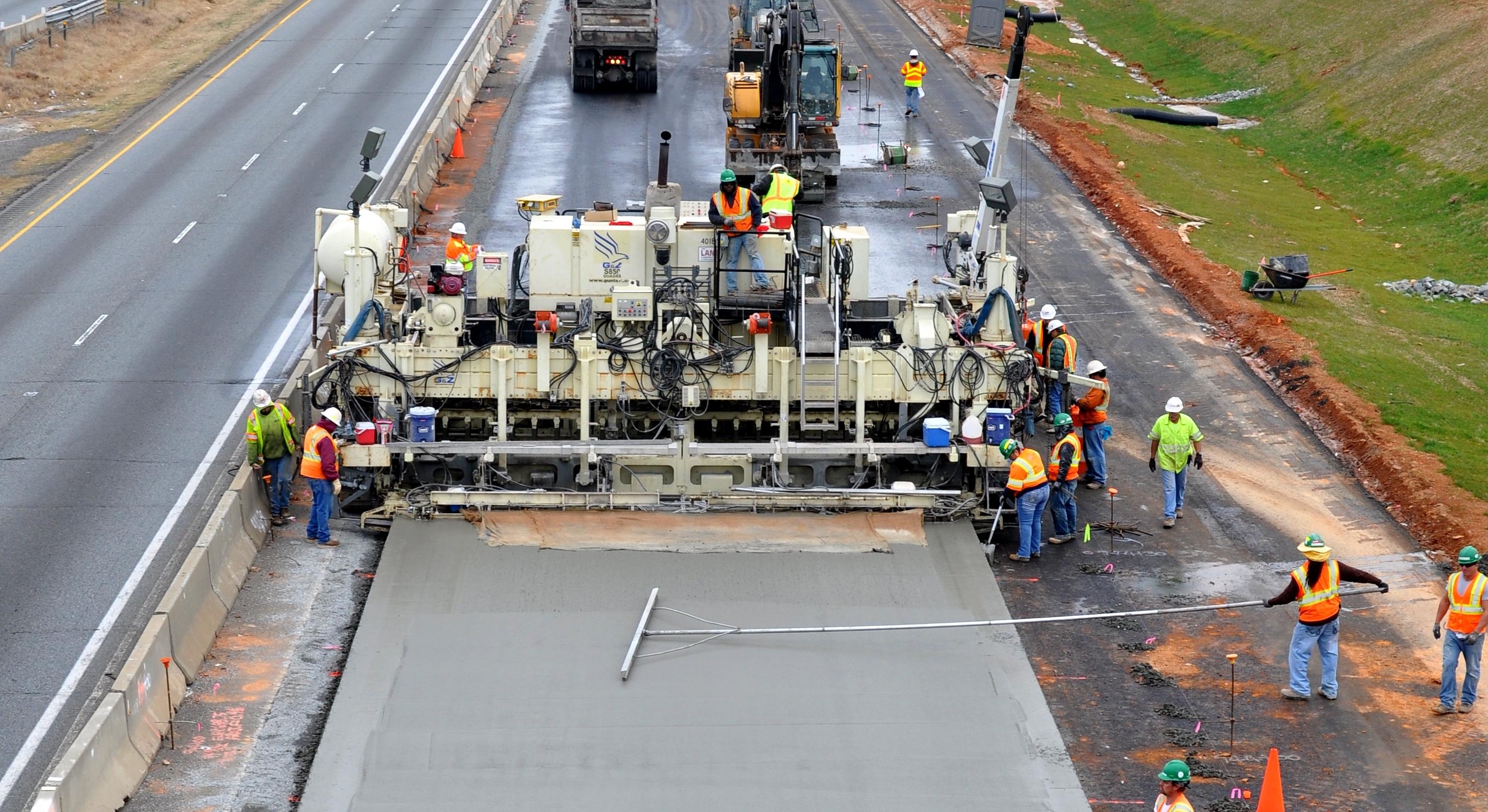The climate cost of free parking
Large parking lots and excess parking spaces put a strain on our environment, and we’re already experiencing the short- and long-term effects.
Large parking lots and excess parking spaces put a strain on our environment, and we’re already experiencing the short- and long-term effects.

Our Transportation for America program has released a comprehensive report on why our default “solution” to traffic congestion—widening highways—simply does not work. The Congestion Con proves with data that one more expensive freeway lane most certainly will not solve congestion, and perhaps congestion is the wrong thing to be trying to solve in the first place.
 The popular narrative about younger generations aging and leaving urban centers is presented as inevitable. But most news stories fail to examine why many younger people are taking up residence in suburbia—or whether or not the suburbs they’re choosing have more in common with cities or the exurbs their parents preferred. Perhaps their move to the suburbs is more a product of constrained housing supply that leaves them with little choice but to decamp as they grow.
The popular narrative about younger generations aging and leaving urban centers is presented as inevitable. But most news stories fail to examine why many younger people are taking up residence in suburbia—or whether or not the suburbs they’re choosing have more in common with cities or the exurbs their parents preferred. Perhaps their move to the suburbs is more a product of constrained housing supply that leaves them with little choice but to decamp as they grow.
Walkable urban places (i.e. WalkUPs) occupy less than one percent of the total land mass in the 30 largest metro areas, but deliver outsized economic performance and there is great demand for more of such places. Meeting this pent-up demand for new WalkUPs would create a new economic foundation for the U.S. economy, one far more resilient than one predicated on suburban growth.
In Foot Traffic Ahead 2019, we rank the top 30 metros based on their WalkUPs.
The rapid conversion of once-natural areas and farmland into subdivisions, shopping centers, roads and parking lots has become a leading threat to America’s native plants and animals.
The end of sprawl is in sight. For perhaps the first time in 60 years, walkable urban places (WalkUPs) in all 30 of the largest metros are gaining market share over their drivable sub-urban competition—and showing substantially higher rental premiums.
Foot Traffic Ahead: 2016 shows that metros with the highest levels of walkable urbanism are also the most educated and wealthy (as measured by GDP per capita)— and, surprisingly, the most socially equitable.
To what degree does the choice of development pattern impact costs for a local government? How do these decisions affect a municipality’s budget and tax revenues, and the cost of infrastructure and services it must provide?
The Fiscal Impact of Development Patterns, a new model from Smart Growth America and real estate advisors RCLCO, is designed to help municipalities answer these questions.
The new model was unveiled yesterday morning, and as part of the kickoff Chris Zimmerman, Smart Growth America’s Vice President for Economic Development, and Patrick Lynch, Smart Growth America’s Research Director, presented an overview of the new resource at an event in Madison, WI. The presentation was webcast live yesterday afternoon and a recorded version of their discussion is now available above or on YouTube.

Downtown Memphis from across the Mississippi River. Photo by Joel, via Flickr.
Like many large southern cities, Memphis, TN’s growth over the past few decades has been characterized largely by sprawl and a focus on automobile travel. Josh Whitehead, Planning Director for Memphis and unincorporated Shelby County, is working to promote development downtown through the use of the city’s new Unified Development Code (UDC), which gives more flexibility to developers in order to facilitate infill growth.

Some regions in the United States are sprawling, some are building in compact and connected ways, and the difference between the two strategies has huge implications for the day-to-day lives of millions of Americans.
Measuring Sprawl 2014, released today Smart Growth America in partnership with the University of Utah’s Metropolitan Research Center, ranks the most sprawling and most compact areas of the country. The new report evaluates development patterns in 221 major metropolitan areas and their counties based on four factors: density, land use mix, street connectivity and activity centering. Each metro area received a Sprawl Index score based on these factors.
Measuring Sprawl 2014 analyzes development patterns in 221 metropolitan areas and 994 counties in the United States as of 2010, looking to see which communities are more compact and connected and which are more sprawling.